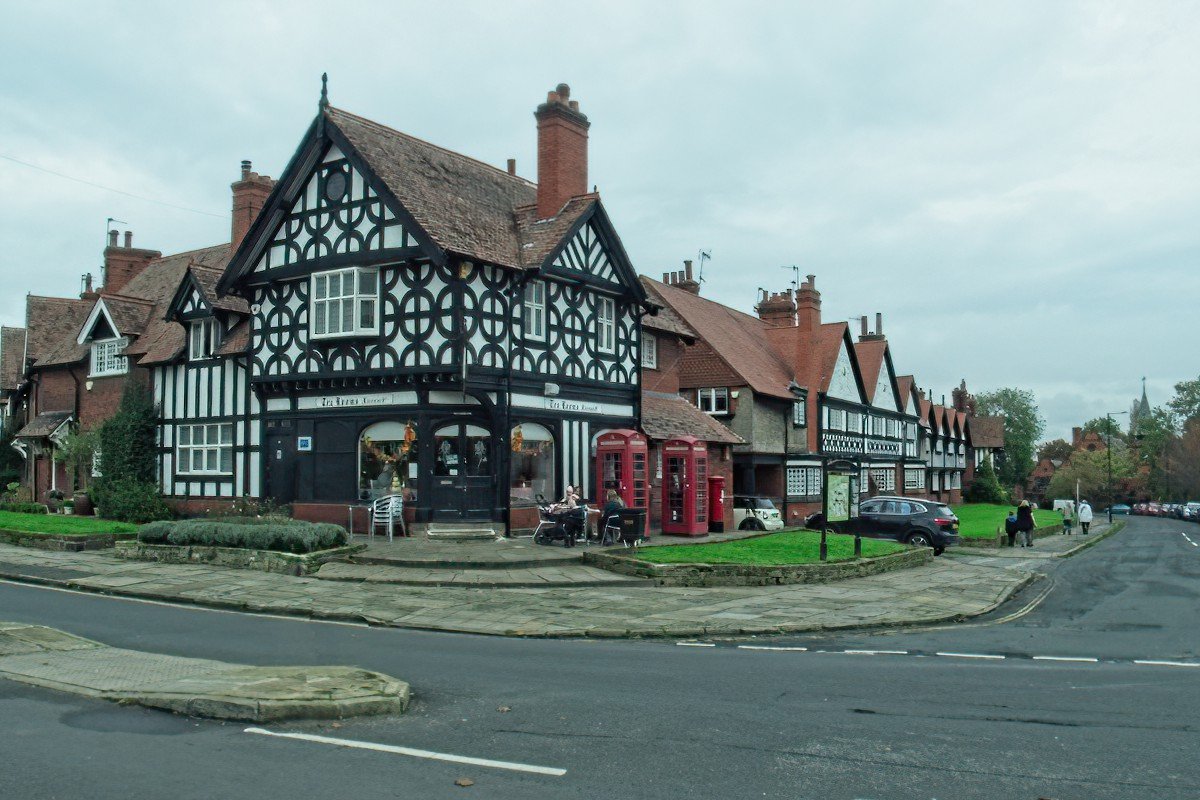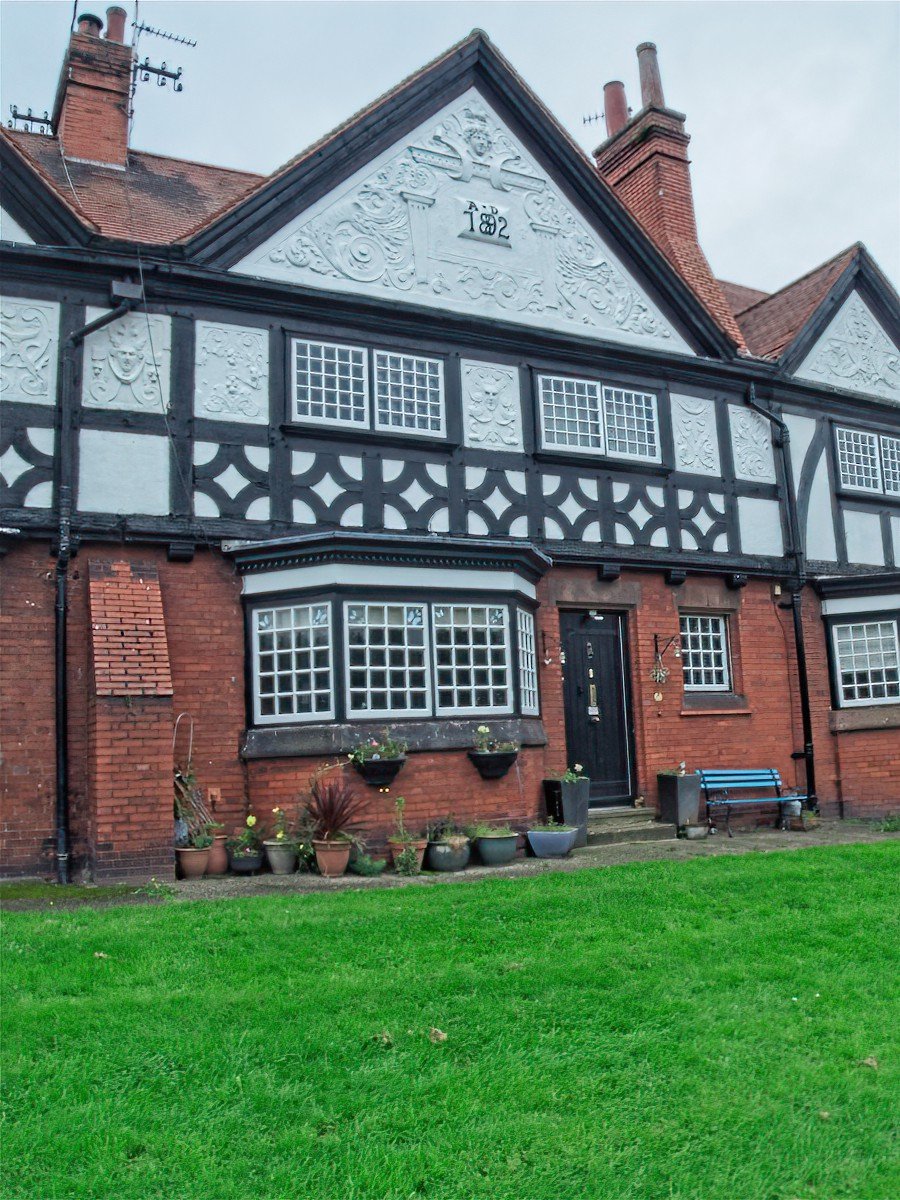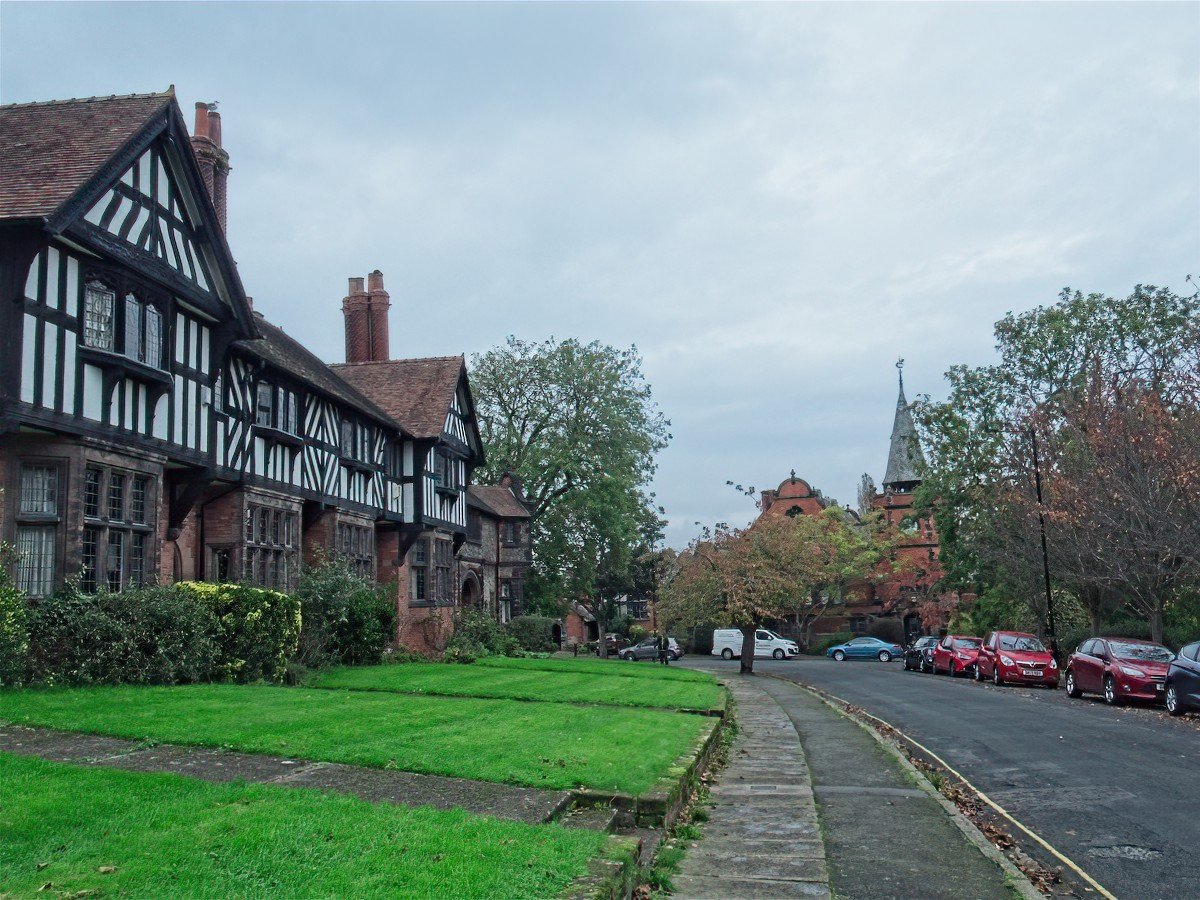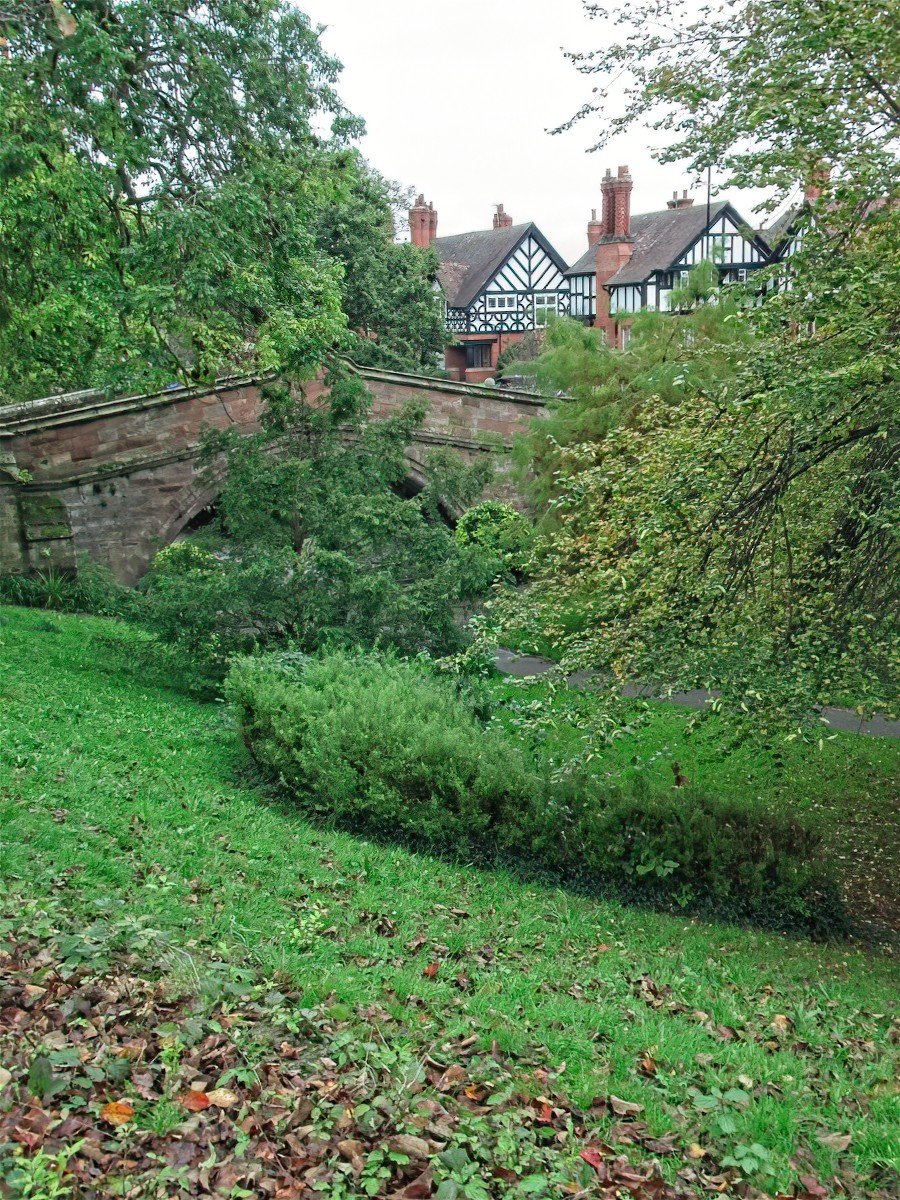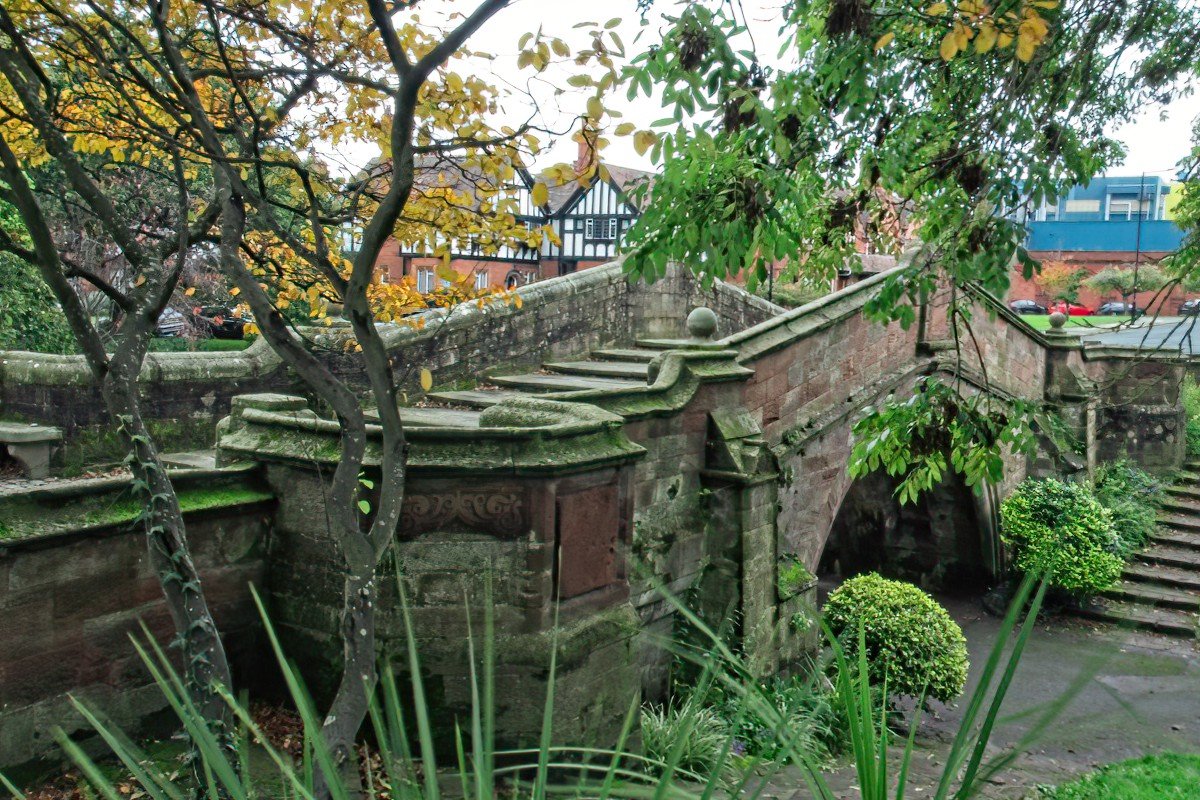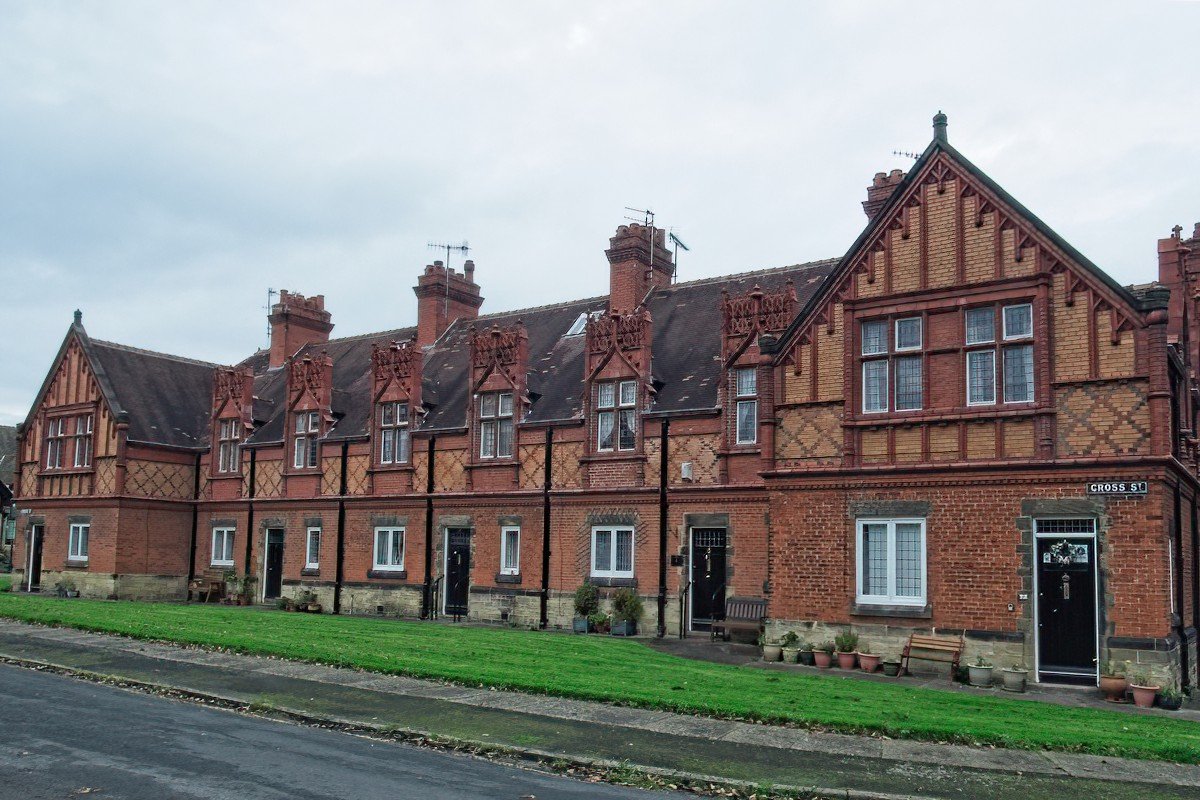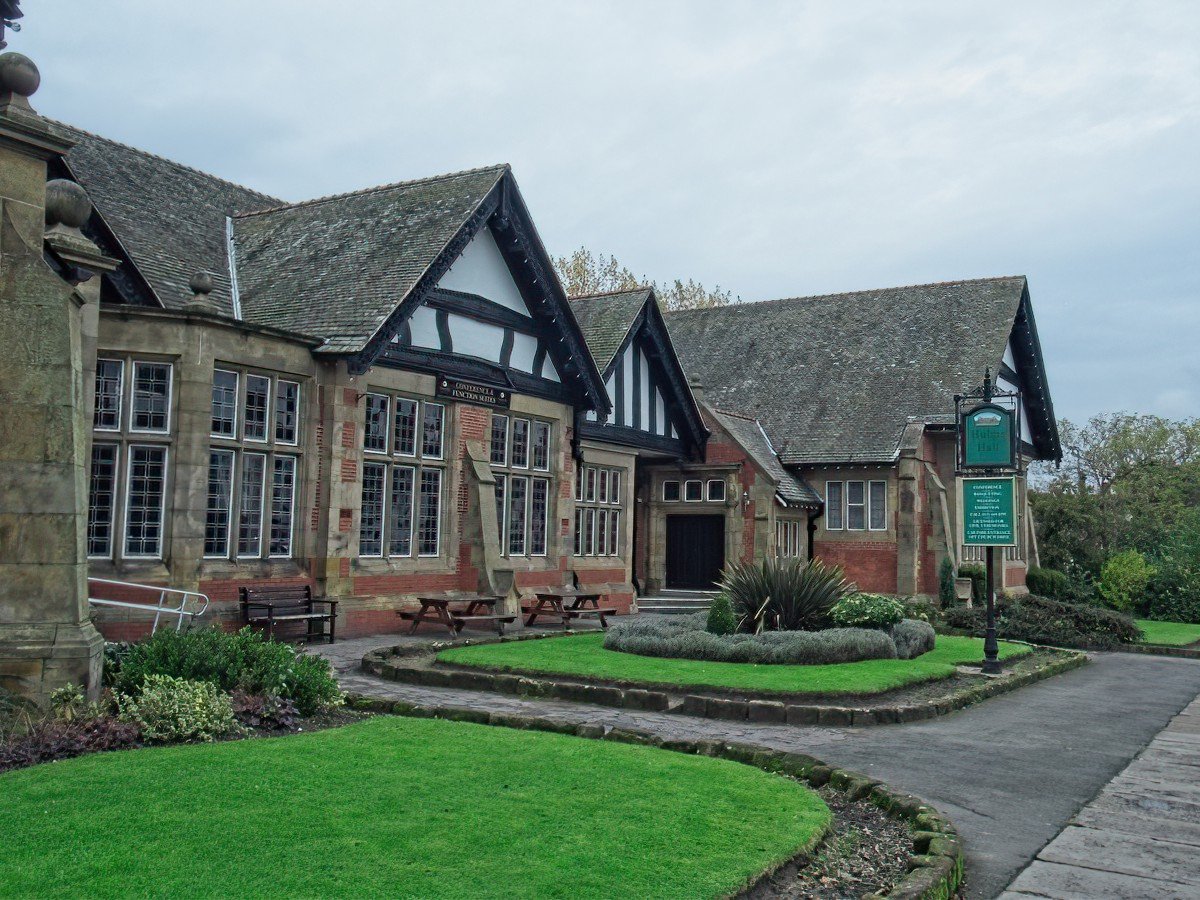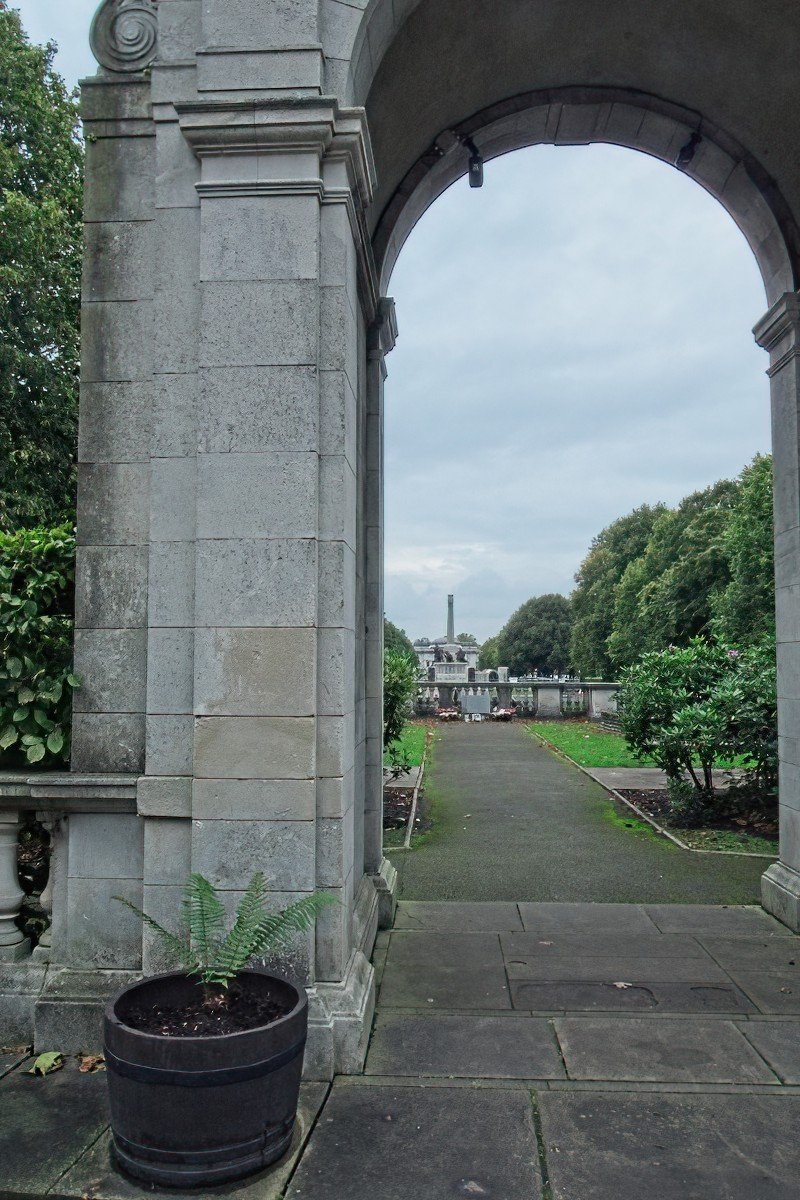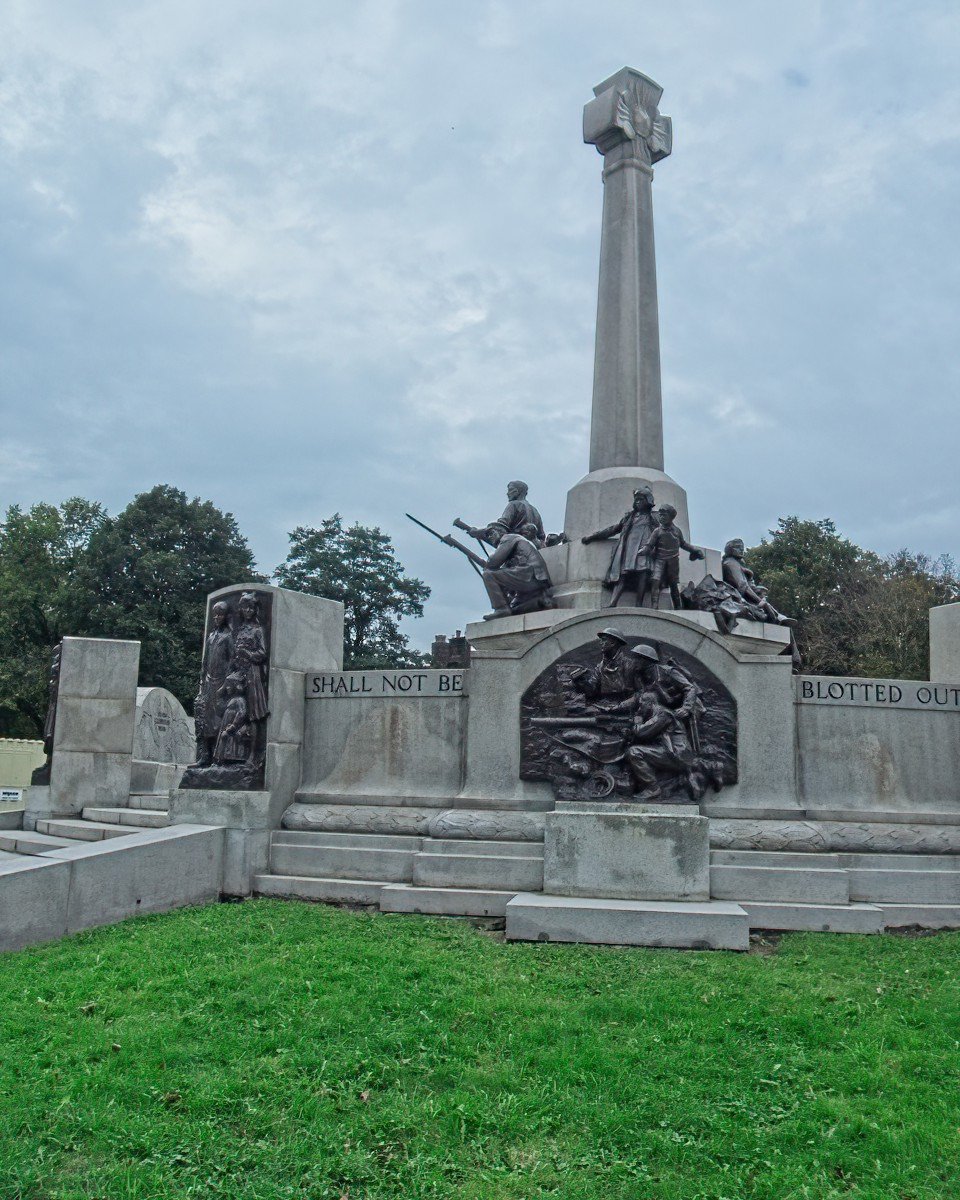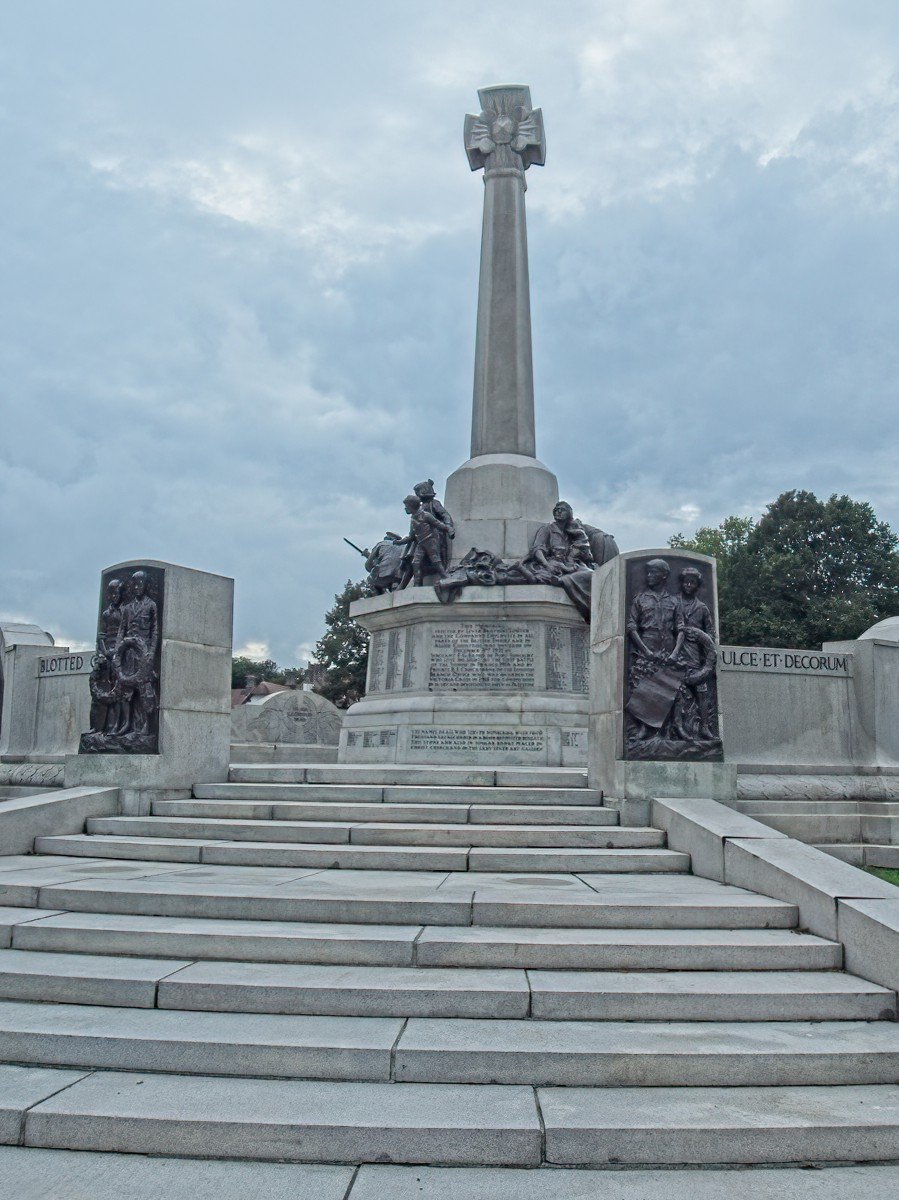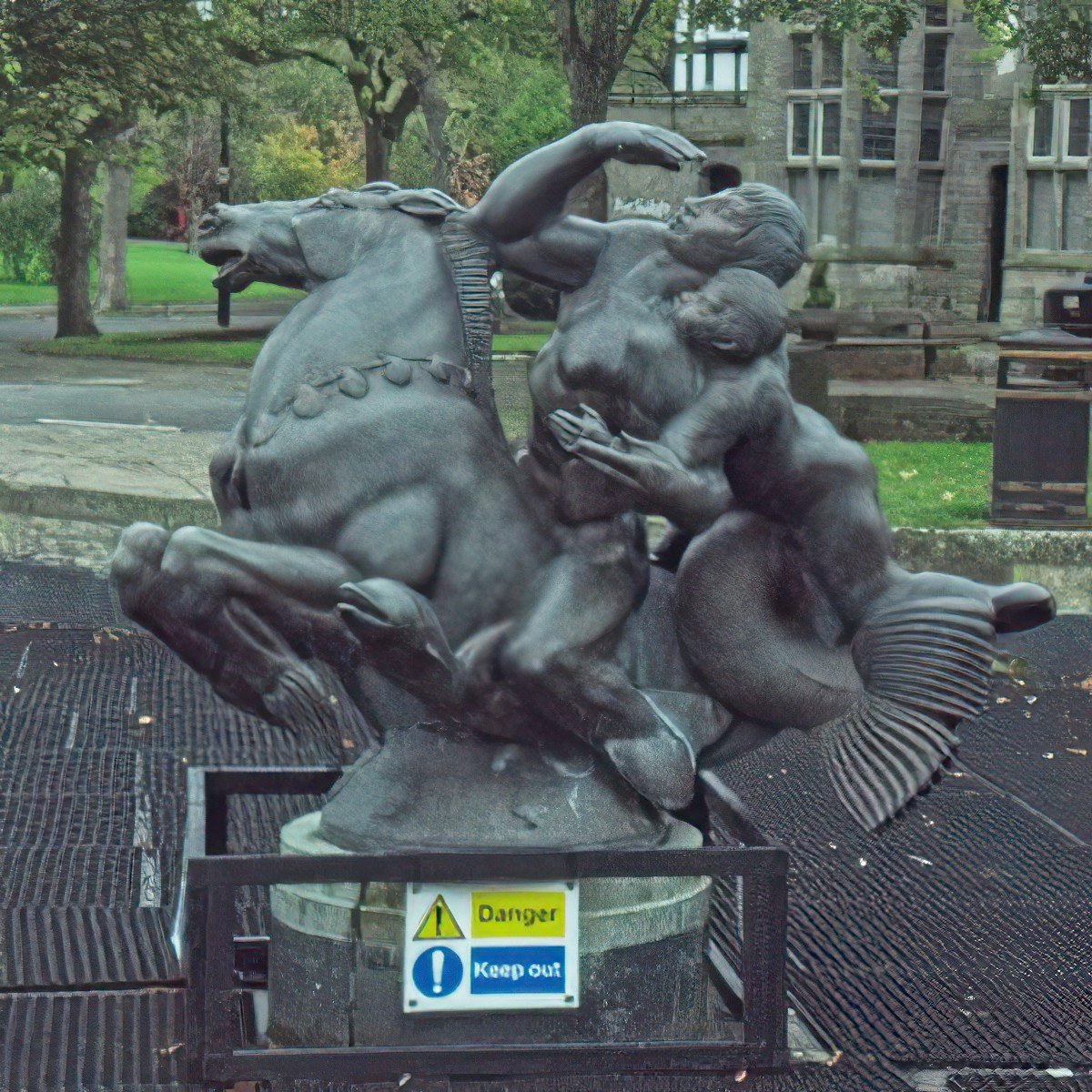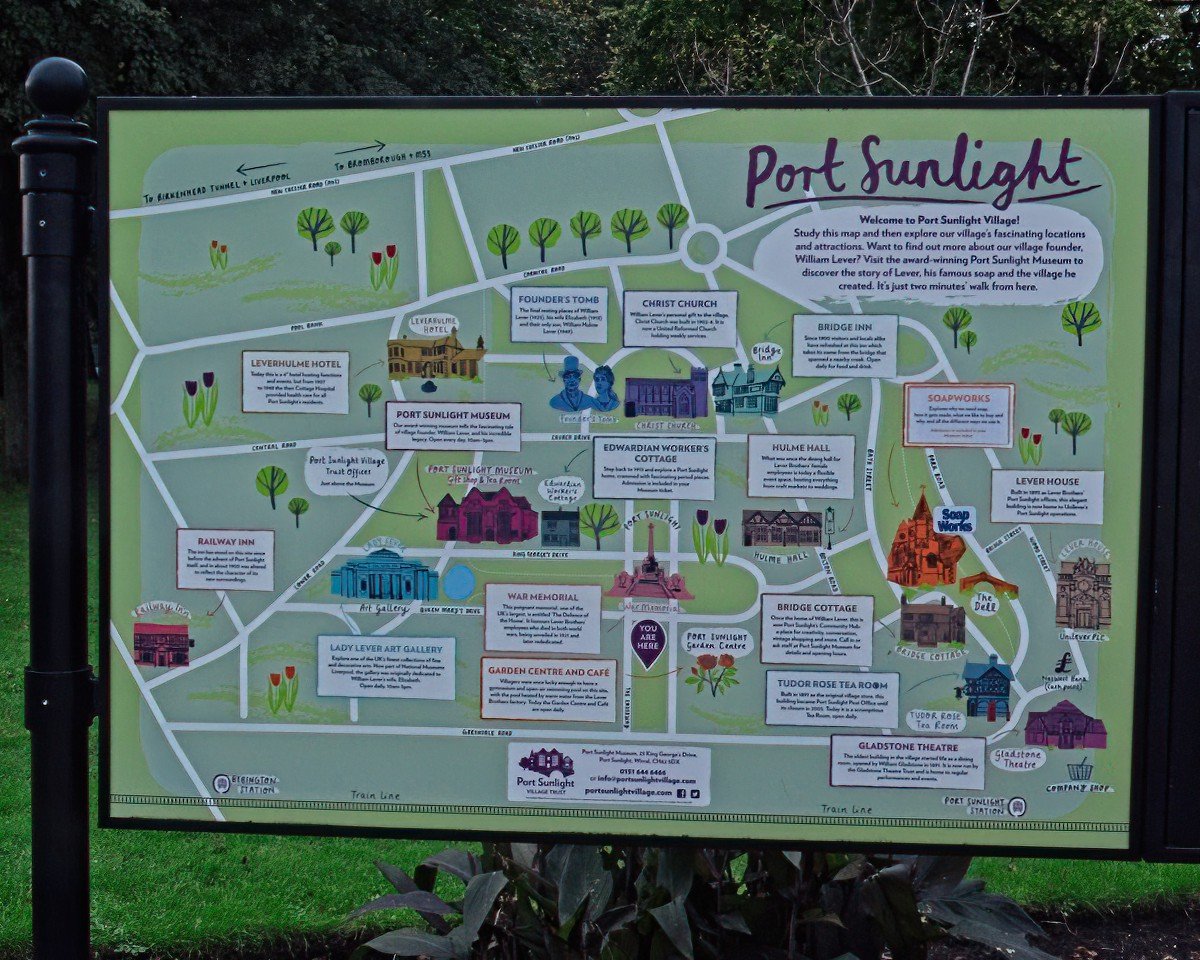
PORT SUNLIGHT
Port Sunlight is arguably the finest surviving example of early urban planning in the UK, and has remained largely intact since its foundation by William Hesketh Lever in 1888.
The village is home to more than 900 Grade II listed buildings set in 130 acres of parkland and gardens. More than 30 different architects created the buildings, monuments and memorials we still see today, and nearly every period of British architecture is represented through revival design. The village is a good example of the aesthetic movement, which emphasised visual and sensual qualities of art and design, and the Arts and Crafts Movement, with its emphasis on traditional craftsmanship.
Lever built Port Sunlight to house the workers at his soap factory, Lever Brothers, which eventually became the global giant, Unilever. The village represents one man’s vision to provide industrial workers with decent, sanitary housing in a considered architectural and picturesque form.
However, rather than a philanthropic venture, Lever claimed it was all part of a business model he termed ‘prosperity-sharing’. Rather than sharing the profits of the company directly with his employees, Lever provided them with decent and affordable houses, amenities and welfare provisions that made their lives secure and comfortable and enabled them to flourish as people. It was also intended to inspire loyalty and commitment.
